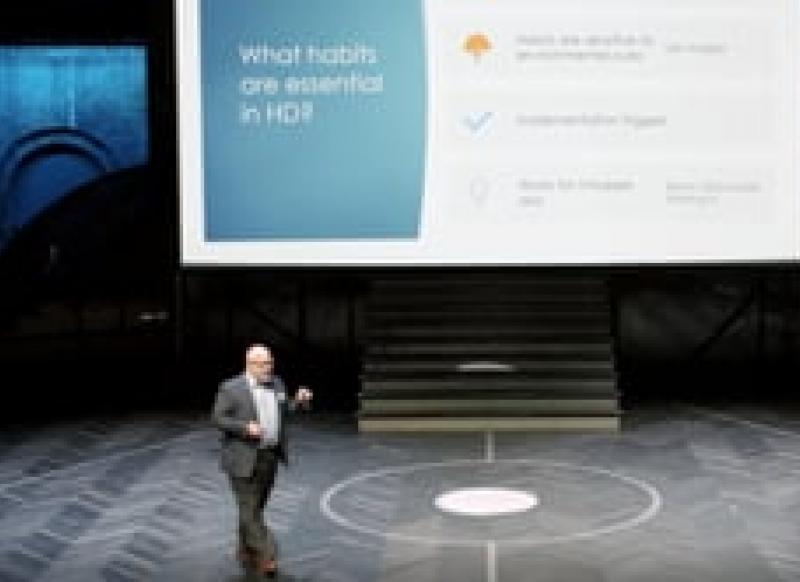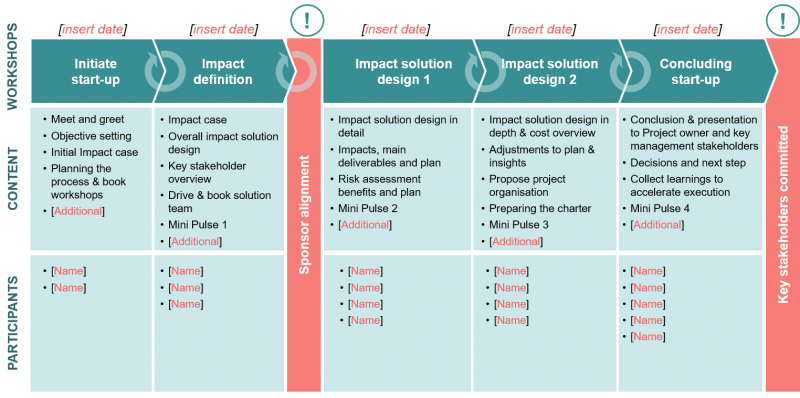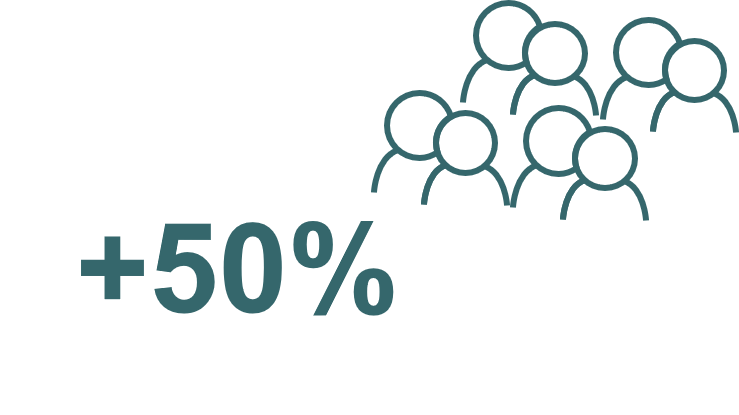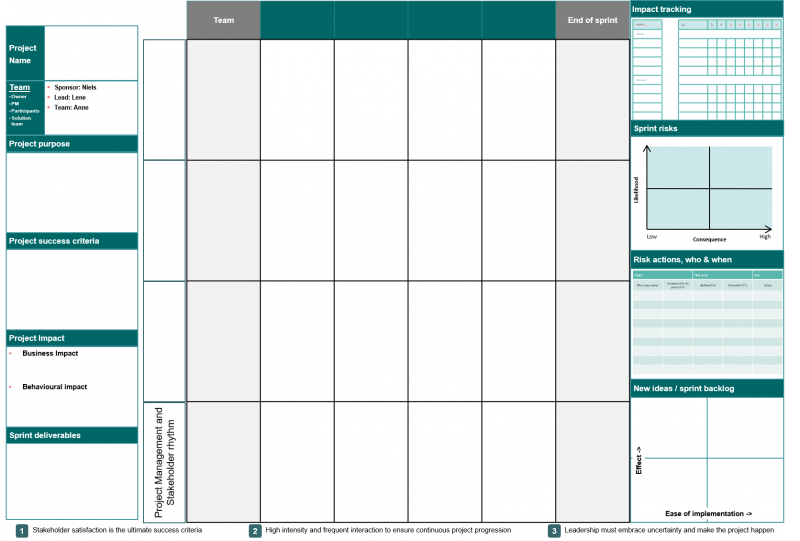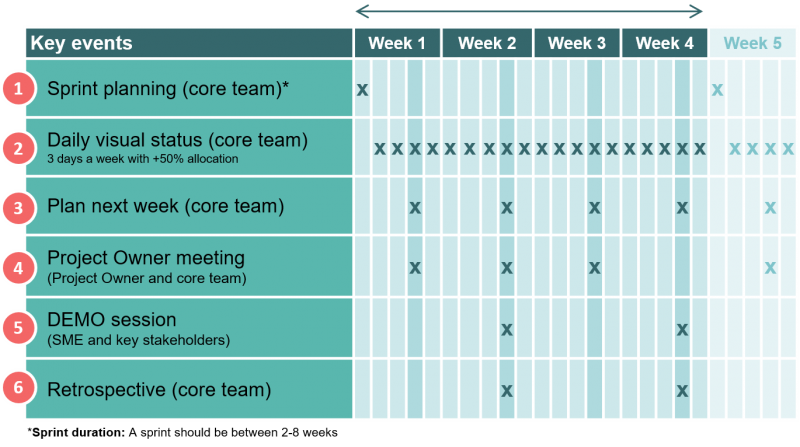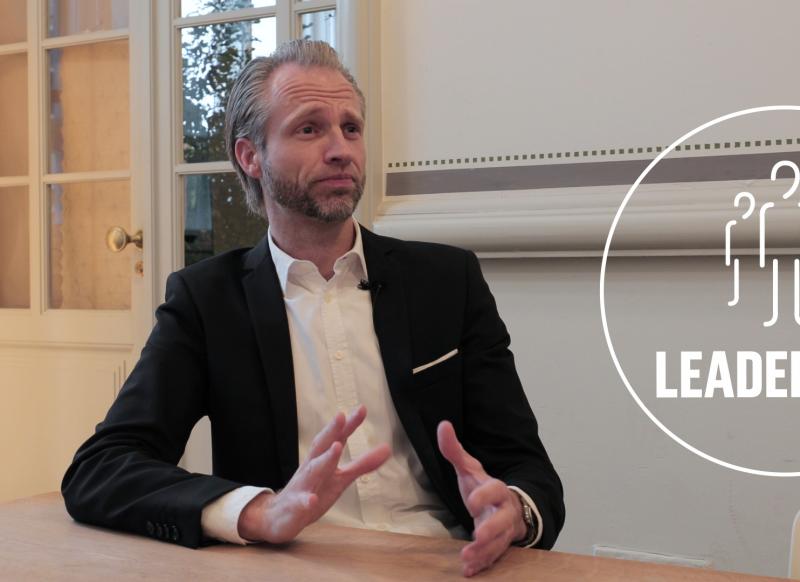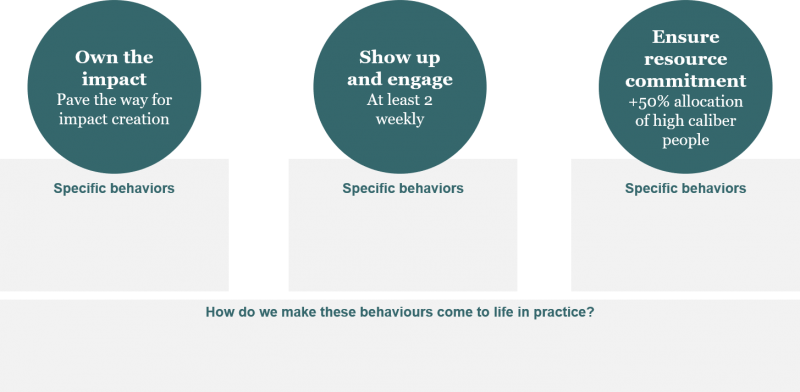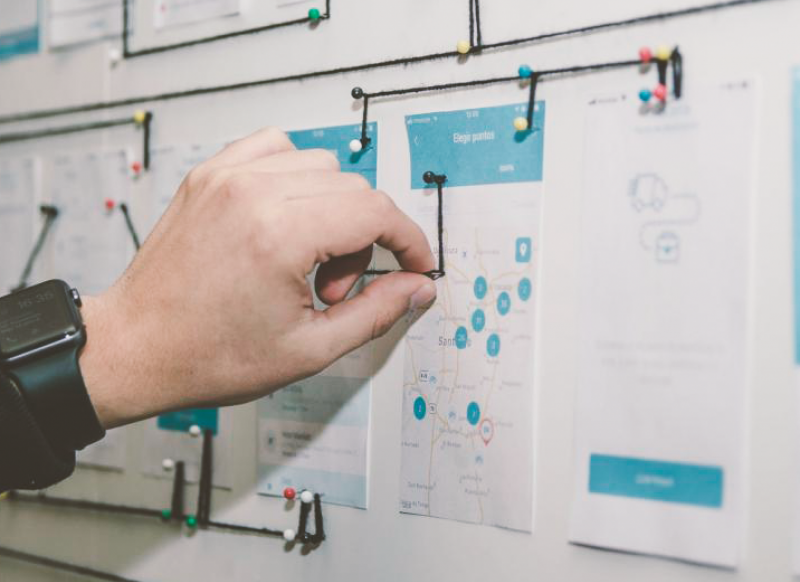Our challenge is essentially to conceptualise a project methodology through research and collection of best-practice approaches. A project management approach that is based on actual human behaviour, unpredictability and complexity rather than assumptions of rationality and predictability.
How does the Half Double Methodology work?
Focus on three core elements - Impact, Flow & Leadership
Half Double is a project management approach based on actual human behavior, unpredictability and complexity. It has been tested and validated through numerous projects in various industries and been applied to a wide range of project types – and it works.
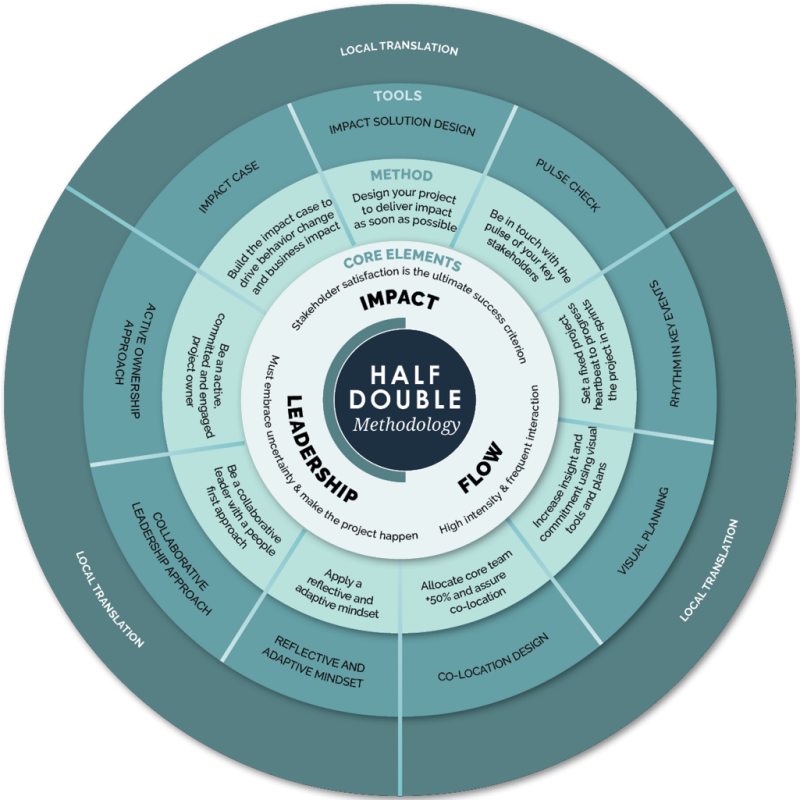
It is all about placing an extreme focus on three core elements




